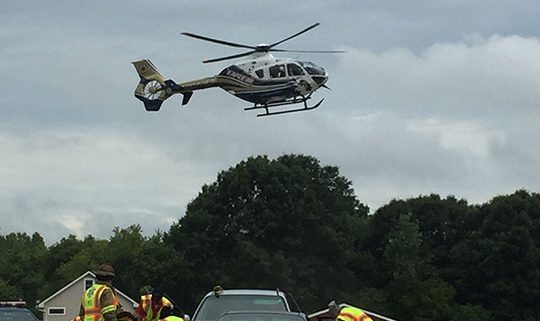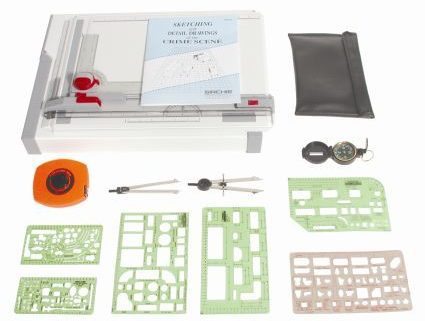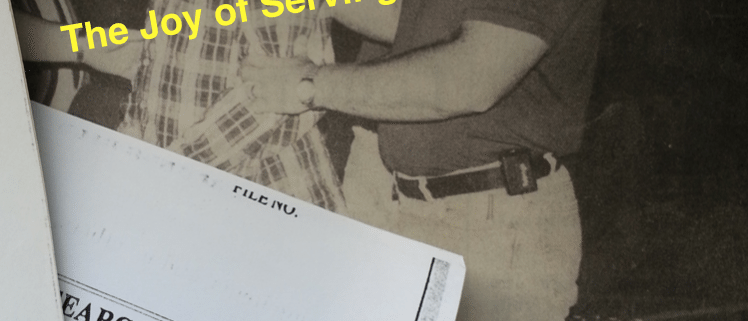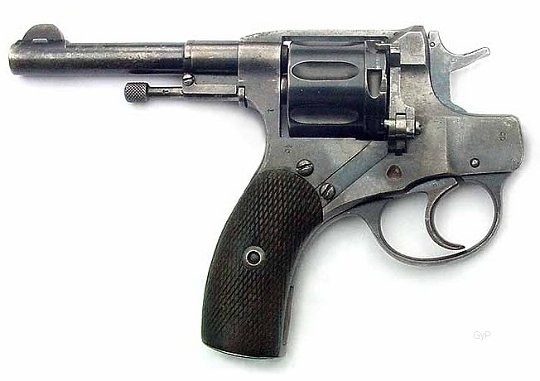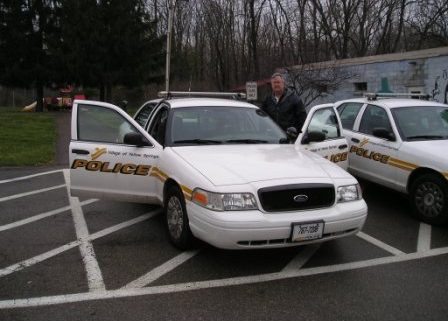Karen E. Olson is the author of the Annie Seymour mysteries. The fourth in the series, SHOT GIRL, is available now. She is also working on a new series with a tattoo shop owner in Las Vegas. THE MISSING INK will be out in July. She was a longtime print journalist and now edits a medical journal part time at Yale. She lives in the suburbs of New Haven,Connecticut, with her husband, daughter, and two cats.
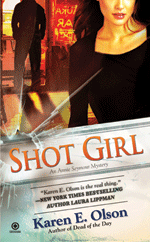
I was never a police reporter like my protagonist Annie Seymour. But I did deal with cops on a regular basis in a couple of the towns I covered, when I went to the station to check the daily log. Lots of mailbox vandalism, a few break-ins, some obscene phone calls. Two adjacent towns I covered didn’t have a local police force. They relied on the state police, which had a barracks about half an hour away and a couple of resident state troopers who spent a lot of time driving around farmland.
I covered two murders in my six years as a reporter. Neither of them was a mystery.
The first was the most interesting in that it was a love triangle. An airline pilot was dating a woman with a rather jealous ex. He’d even called the cops to say the guy was stalking him. The cops told him to get a gun. So he did. Unfortunately, one night at a local watering hole, the ex confronted the pilot in the parking lot and threatened him with a broken beer bottle. The pilot took his gun out of his car and shot the guy. Then called the cops and waited for them to show up. Although there was a trial, he got off on self defense. I can’t remember what the woman looked like, except she was blonde. Of course.
The second murder was in one of the towns without a police force. A kid shot his father over a pack of cigarettes. Yeah, over cigarettes. They took the kid away and he ended up in juvenile court. Which meant no story for me because those records are sealed.
Probably the most interesting murder, however, in my whole career wasn’t one that I covered but one that I edited. I was on the night copy desk, and one of our sources called to say a girl had been stabbed and left in the street in New Haven. We sent the police reporter out, and he came back with the story of a dead Yale student. We didn’t have the whole story for days, and it finally turned out that she’d been a graduate student and the only suspect in the case was her thesis adviser, a professor. Suzanne Jovin’s story was fodder for a Law and Order episode, and a huge expose in the New York Times Magazine. But the professor was never charged because there was no physical evidence, and her murder today remains unsolved.
The Jovin case was not the basis for my first book SACRED COWS, but it influenced it. Around the same time, there was a story about a prostitute who’d been found dead in the middle of York Street after falling from a high-rise balcony. The guy who owned the apartment from where she fell was a then-state representative who’s now dead. The paper covered the story, but only half-heartedly, and then the story disappeared. I wondered if she’d been a Yale student, too, if the story would’ve been pursued a lot more vigorously, like Suzanne Jovin’s.
I like giving Annie bigger stories to cover than I did (one of my front page stories at the Bristol Press in Bristol, CT, was about the first traffic light being installed in Burlington, and my very first newspaper story was an interview with the Deep River dog warden). I’m living vicariously through her, because in her world, the murders are always over something bigger than cigarettes and the murderers don’t wait for the cops to arrive.
Karen
* * *
This blog post was supposed to be online a few days ago, but I was quite ill and just couldn’t hold up my end of the bargain. I’m sorry it’s so late, Karen.
Please, please, please go out and buy Karen’s new book. She’s a wonderful writer!


